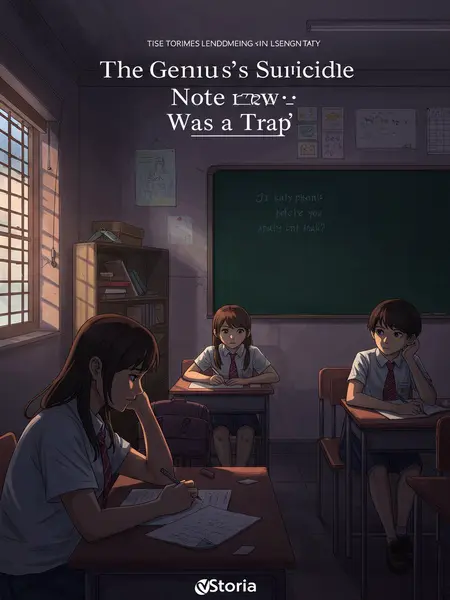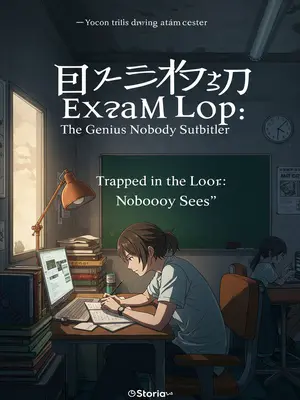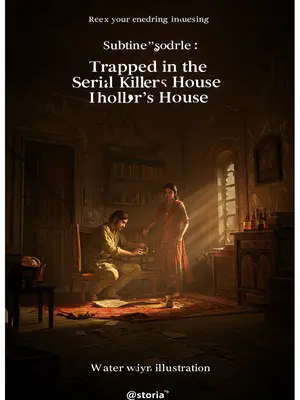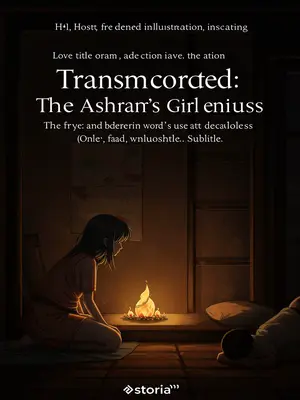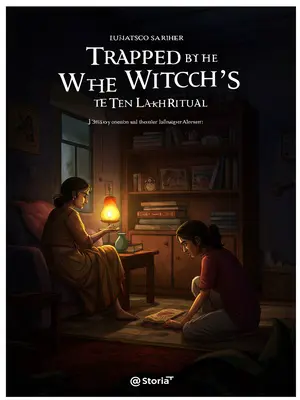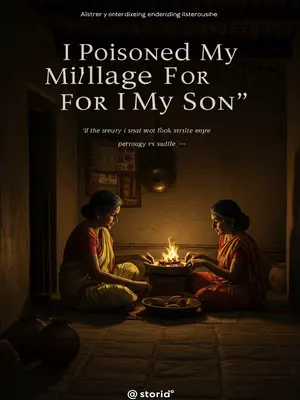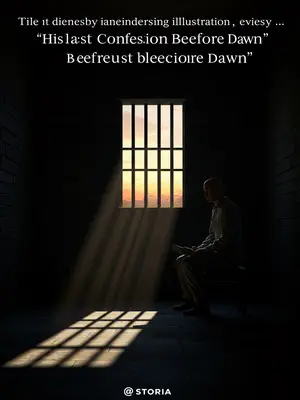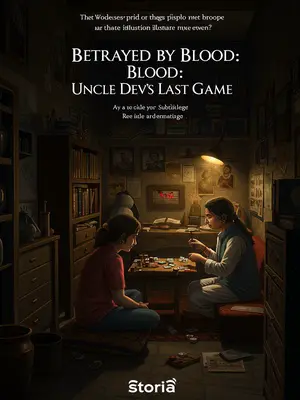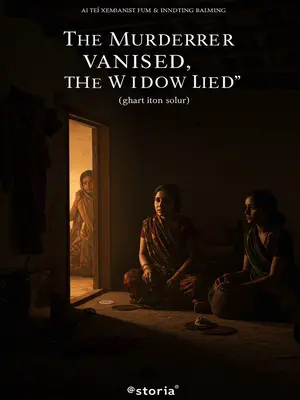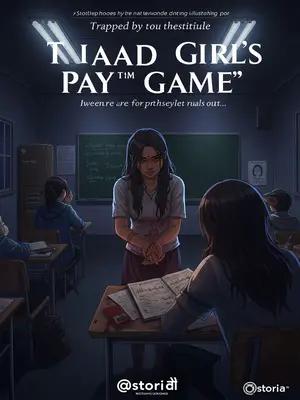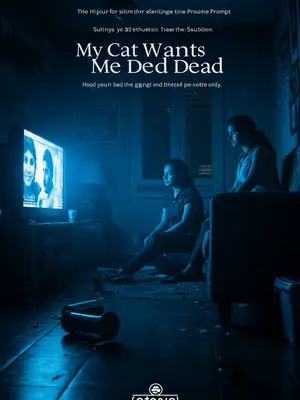Chapter 2: The Puzzle Unravels
Rohan was a prodigy.
He was the sort of boy every mother wanted for a son and every teacher wanted as a student. He won medals and trophies, filled his shelf with certificates, and could recite mathematical formulas like shlokas. His picture still hangs on the wall of the school’s main corridor, surrounded by garlands and candles.
He had won first prize in the state-level Mathematical Olympiad, represented our state at the national competition, and ranked in the top ten nationwide.
His teachers boasted about him at every staff meeting. The principal called him “the jewel of Kaveripur.” Even the District Collector had shaken his hand once, promising to write a letter of recommendation.
Because of his outstanding achievements in science, he had already been pre-admitted to Mumbai’s No. 1 High School—the board exam was just a formality for him.
While the rest of us sweated bullets over marks, Rohan’s seat was already confirmed. His family planned a small havan at home, and his mother saved up to buy him a new cycle. They never imagined this would be his last exam.
After the incident, the education department pulled his exam papers for early grading. His scores were: Hindi 125 (out of 150), Math 150 (full marks), English 141 (out of 150), Physics 120 (full marks), Chemistry 99 (out of 100), Social Science 95 (out of 100).
Even the Board Secretary shook his head in disbelief—“Such a child, such a waste,” he sighed, as if marks alone could explain a life.
These scores put him at least in the top five citywide.
His father arrived at the office, carrying a tiffin for Rohan that would never be eaten. His mother, draped in a faded blue saree, clutched Rohan’s last photograph, unable to stop her tears. They had hoped to celebrate his results with laddoos and firecrackers; instead, there was only silence.
There was no way he took his own life because of the exam.
All the neighbours agreed—“A boy like that? Never!” The tea shop owner, the temple priest, the bus conductor—they all shook their heads. “He was too smart for that.”
Even more puzzling, after finishing the last math problem, he left a sequence of numbers:
2, 15, 40, 77, 165, __
The teachers gathered around the exam sheet, eyes wide, whispering to each other. What did it mean? Was it a code? Was it a cry for help?
These were the last marks he left in this world.
Just six numbers, written in a careful, looping hand. That was all he left behind, instead of a letter or a poem. It was enough to keep the whole town guessing.
His final message to us all.
Even now, parents point to that sequence and warn their children—“Don’t try to solve puzzles you don’t understand. Don’t be like Rohan.”
Clearly, this question was closely tied to Rohan’s death.
I felt it in my bones. As a father, as a police officer, I couldn’t let it go.
Our criminal investigation team, through the education department, sent the problem to the city’s math experts.
The town’s top tuition teachers, university lecturers—even the old Panditji who did astrological calculations for weddings—everyone tried their hand at it. WhatsApp groups buzzed with theories. The local newspaper ran a headline: “The Genius’ Last Puzzle.”
None of the experts, despite their impressive credentials, could solve it.
Some claimed it was a Fibonacci variant, others argued it was a trick. But the answer remained elusive, mocking us all.
Although the police ordered strict confidentiality, in our small, somewhat forgotten town of Kaveripur, news travels fast.
Within days, everyone knew. The sabziwala told the barber, who told the paanwala, who told half the town. Secrets don’t last long here—not when the local aunties are involved.
A genius student gets an extraordinary score, then jumps to his death, leaving behind a numerical mystery. It became the talk of the town.
“Did you hear? Rohan left a message before dying!”—overheard in every lane, every tea stall. The numbers appeared scrawled in chalk on the blackboard at tuition classes, on the walls near the temple, even scribbled on school desks.
People started speculating about the cause of Rohan’s death, and the rumours grew more and more wild.
Some said it was black magic, others blamed it on a love affair gone wrong. A few whispered that the number sequence was a curse, and mothers began making their children wear black threads for protection.
Some claimed it was organised cheating by a criminal gang; others said he was assaulted by a depraved teacher; some whispered about evil spirits…
Late-night discussions grew more heated. Uncles gathered in circles, shaking their heads, “This generation, I tell you… You never know what’s happening in their minds.”
Later, we found Rohan’s records of depression treatment and confirmed he had suffered from depression before his death. We quickly closed the case as suicide due to depression to quieten public gossip.
The official line was simple—“Mental health, beta. Depression.” But even as we tried to hush the rumours, people kept talking. And somewhere deep down, I couldn’t accept it either.
I thought the case was over.
I was wrong. The story had only just begun, and I was about to be pulled into it in ways I could never have expected.
But Rohan’s death was only the prelude. A much larger conspiracy was hidden behind it.
It felt as if someone had lit a fuse and walked away, waiting for the explosion. My instincts, honed by years on the force, were tingling. Something was about to happen.
